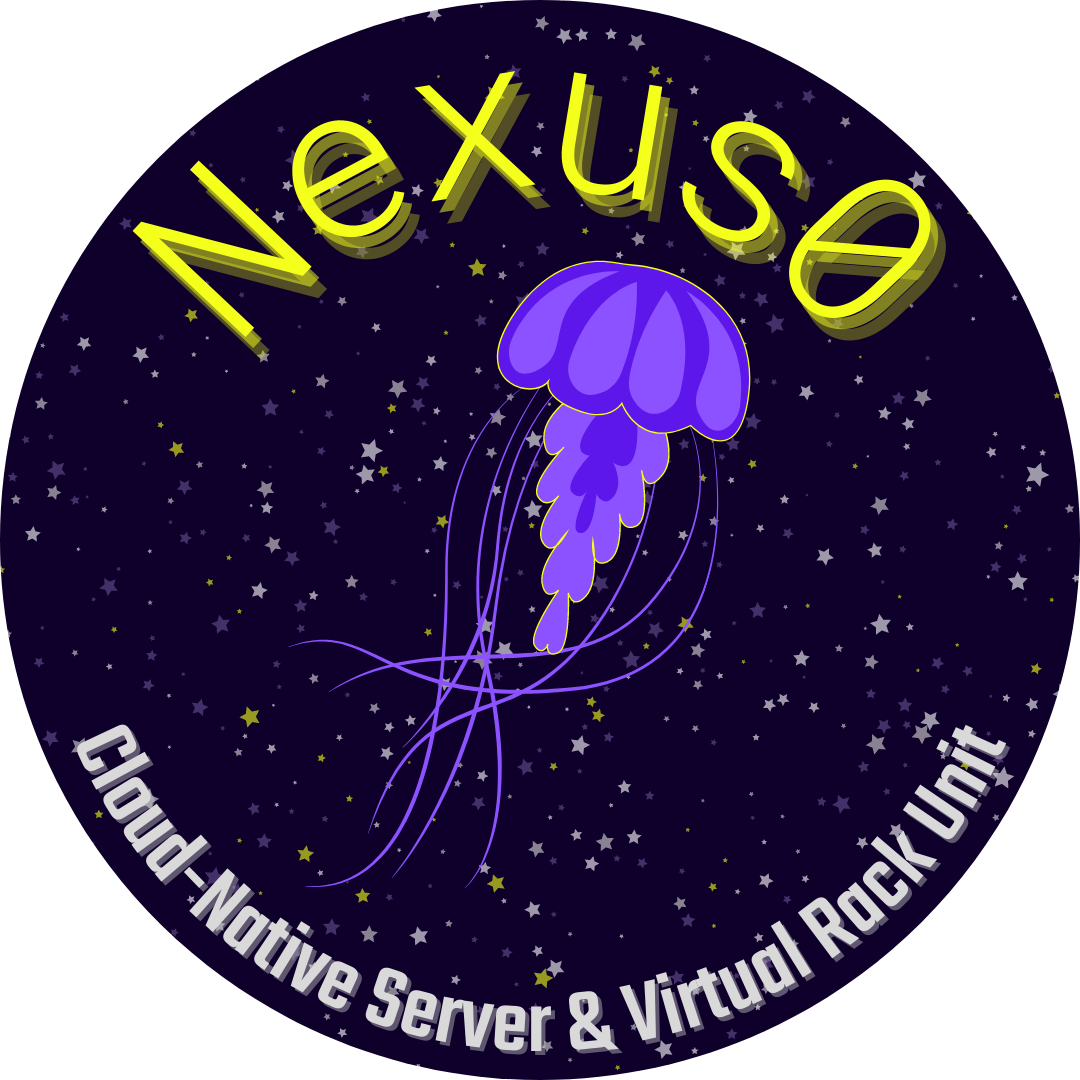What Is Hyperconverged Infrastructure (HCI)?

The Underground Nexus is hyperconverged infrastructure (HCI) organized into a hyperconverged data center stack that is capable of unifying public cloud, private cloud, virtual private cloud and thin client infrastructure assets.
A hyperconverged data center refers to a data center architecture that tightly integrates compute, storage, and networking resources into a single system. This is typically achieved through software and is often run on commodity servers. Hyperconverged infrastructure (HCI) is a key part of this.
HCI is an IT framework that combines storage, compute and networking into one single system in an effort to reduce data center complexity and increase scalability.
HCI platforms include a hypervisor for virtualized computing, software-defined storage, and virtualized networking.
The primary advantage of a hyperconverged data center is that it simplifies the management of data centers by consolidating the multiple functions that are found in traditional data center environments. This can lead to cost savings and more efficient use of resources.
Hyperconvergence also allows for simplified scalability. Rather than having to estimate future needs and purchase hardware accordingly, an organization can add more resources to its hyperconverged infrastructure as necessary.
This hyperconverged architecture is what allows the Underground Nexus to deploy an entire Software Factory with nothing but a simple copy/paste and multiple activation options.
Learn more about hyperconverged data centers in this summary from SDX Central.
Explore Our Software as a Service Solutions
-

Open-source
-

Developer Vaults
-

Nexus0



